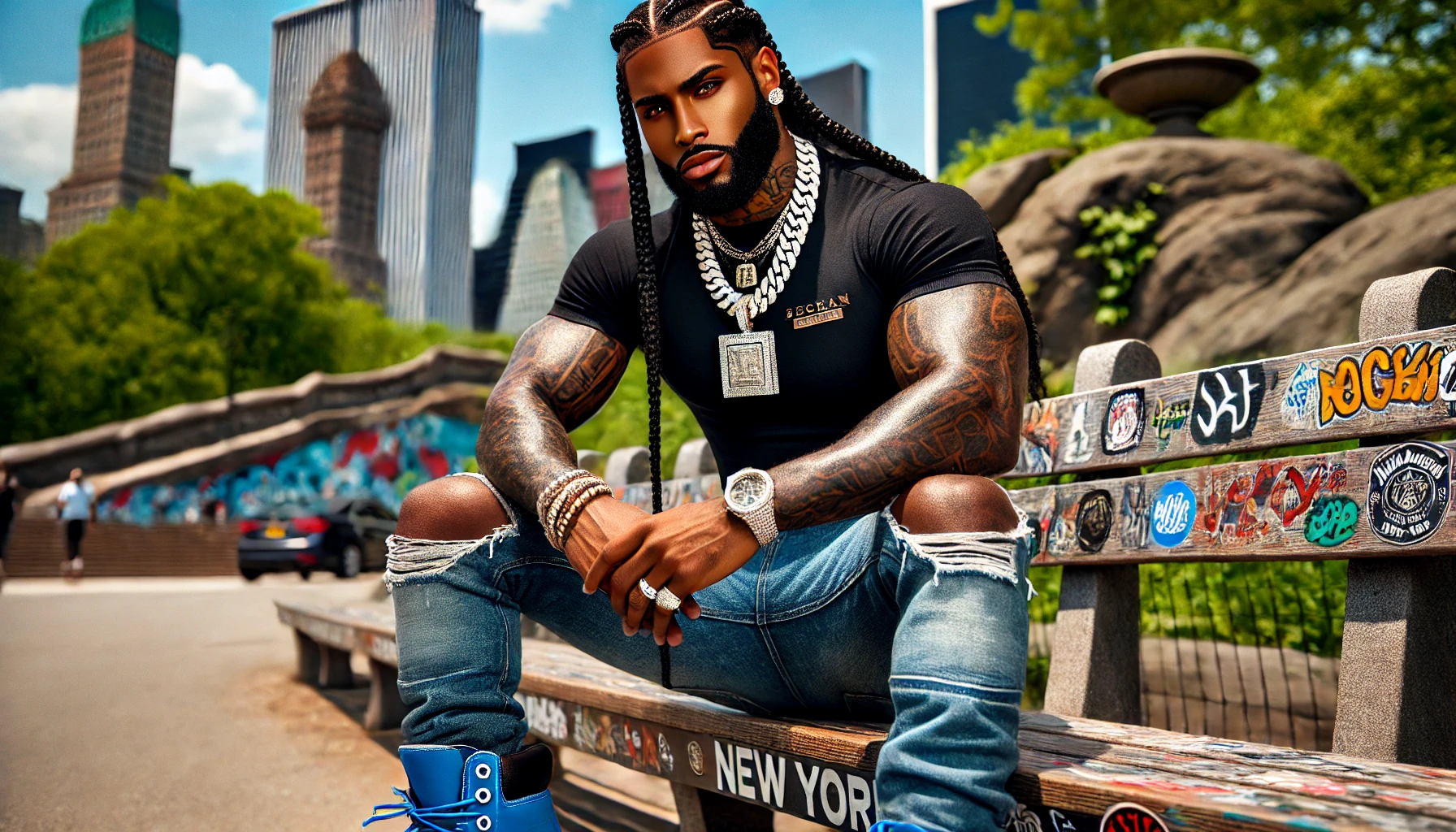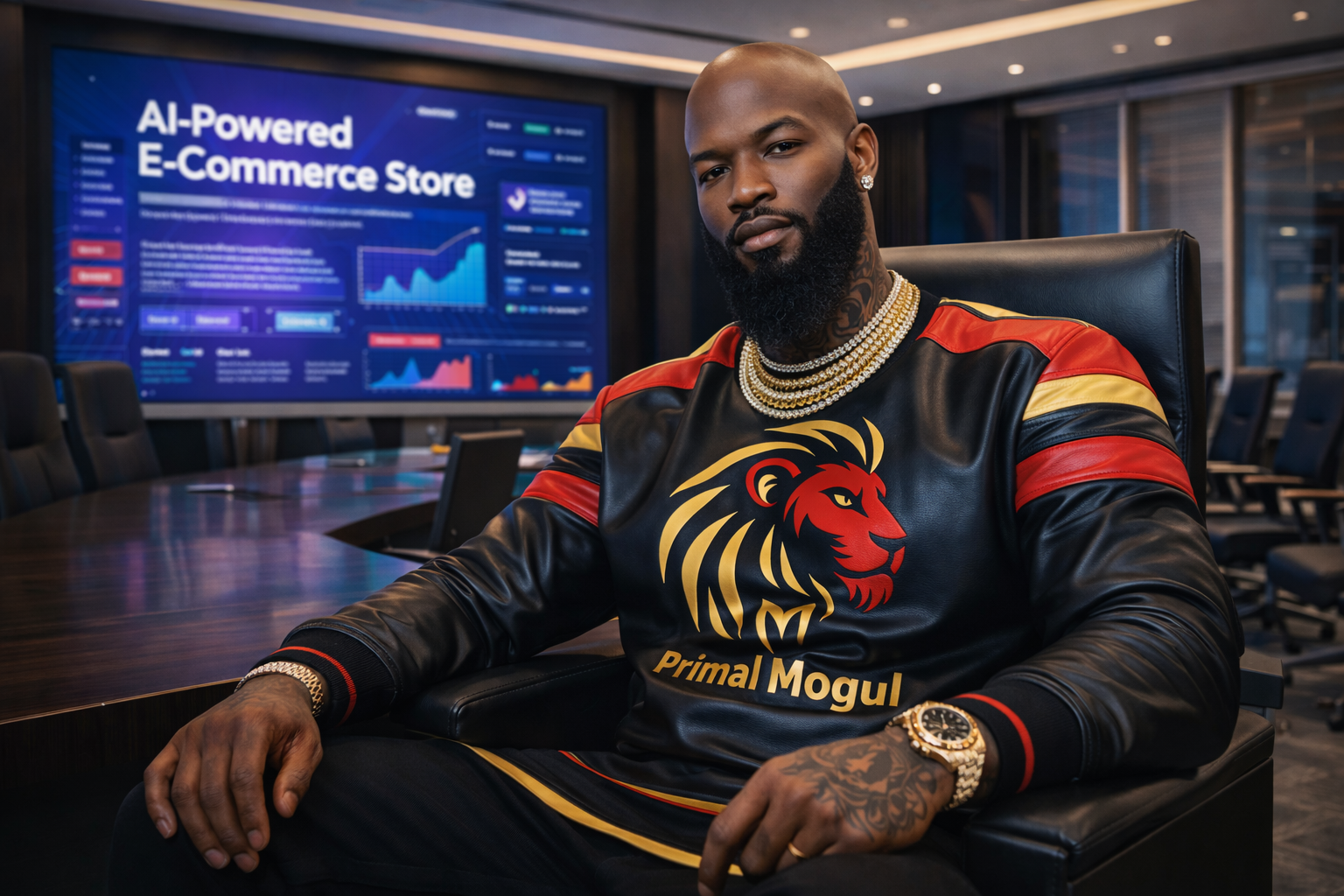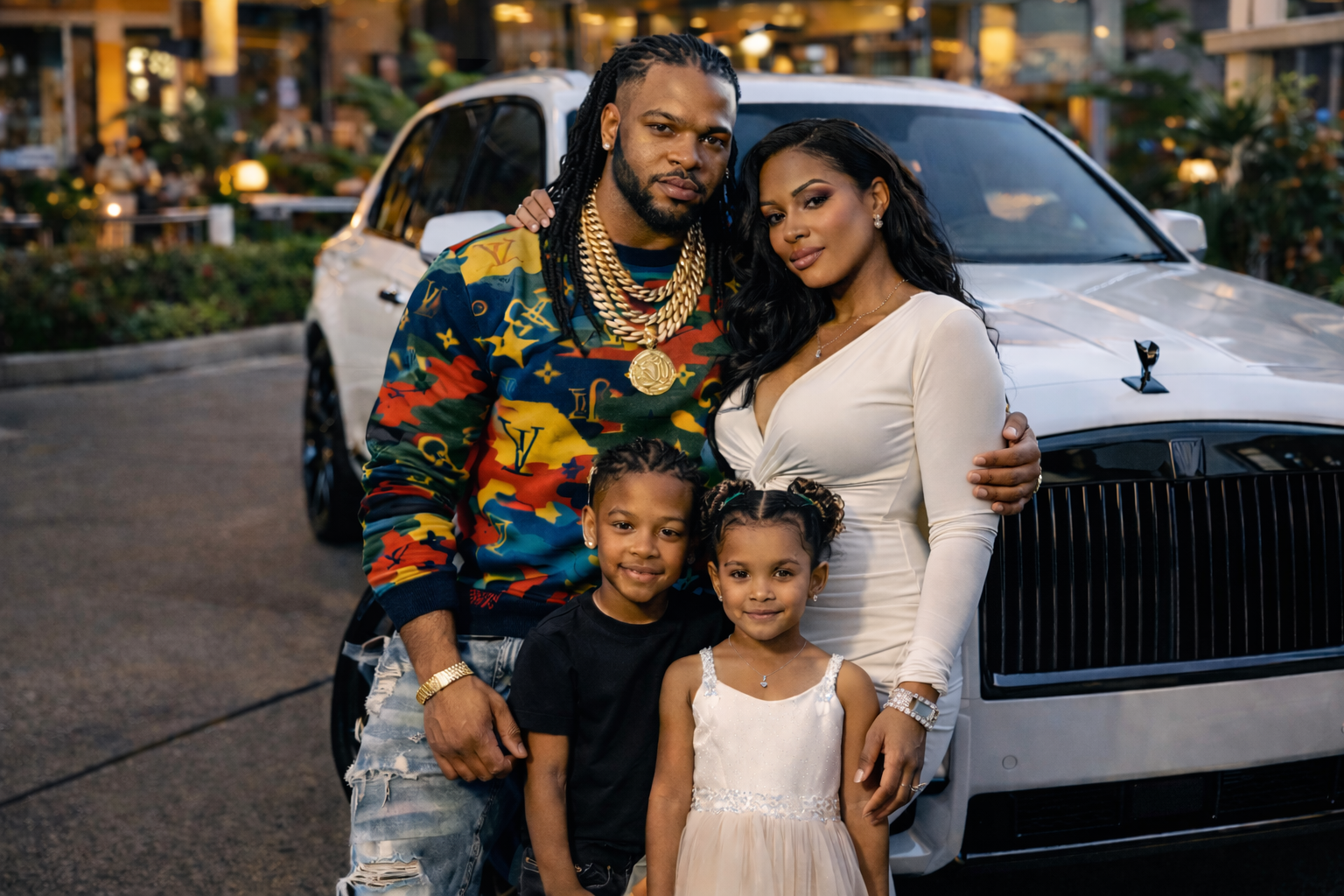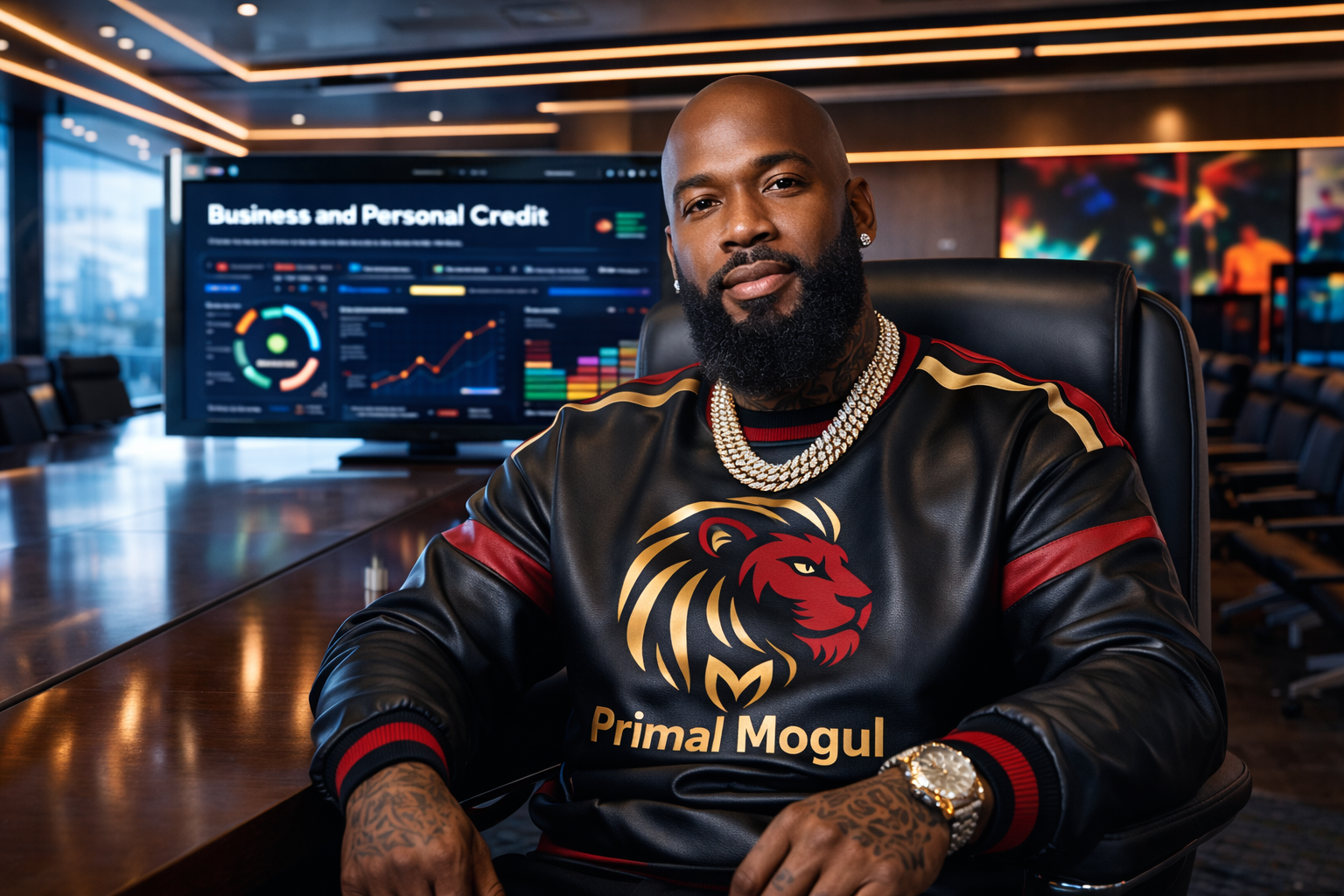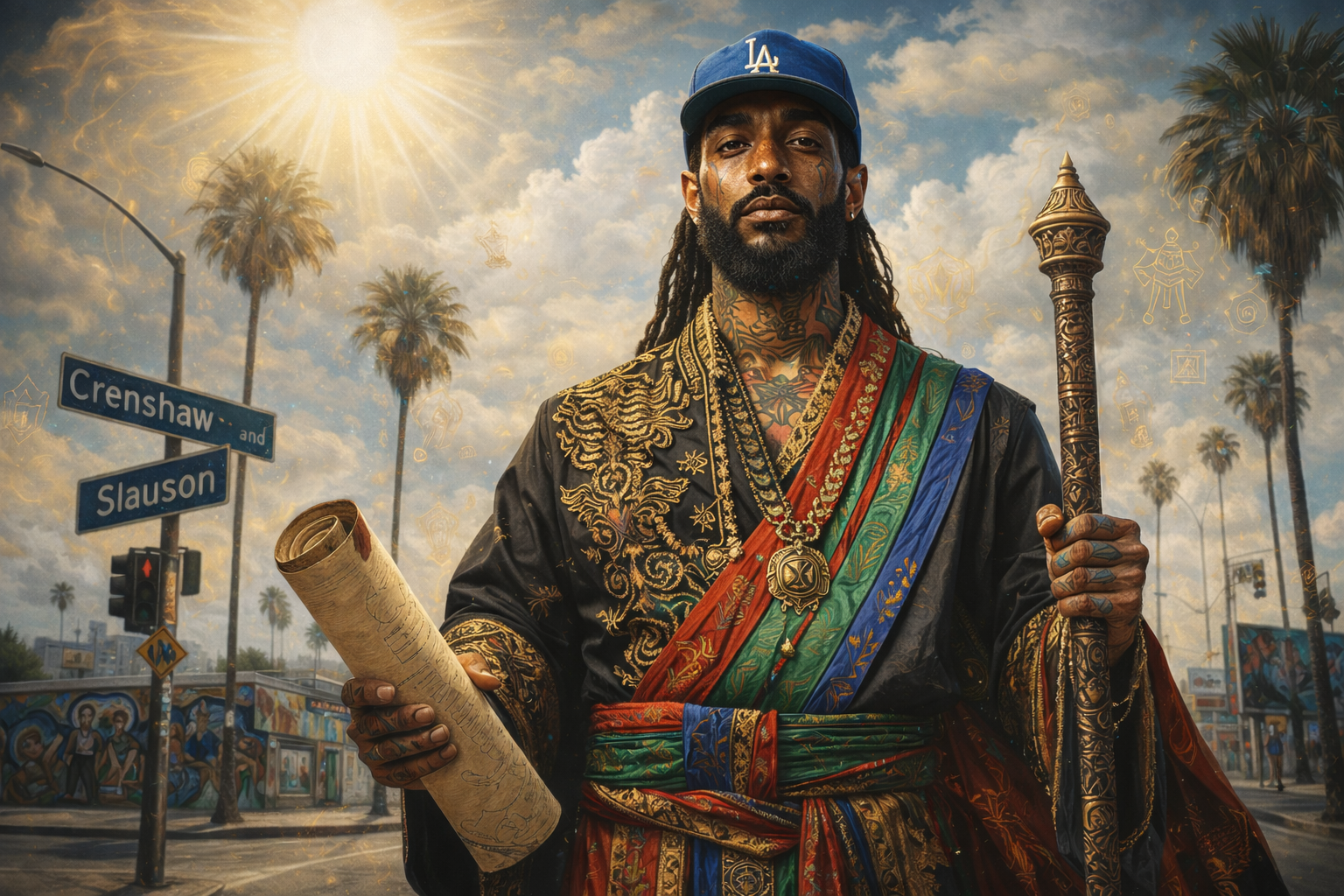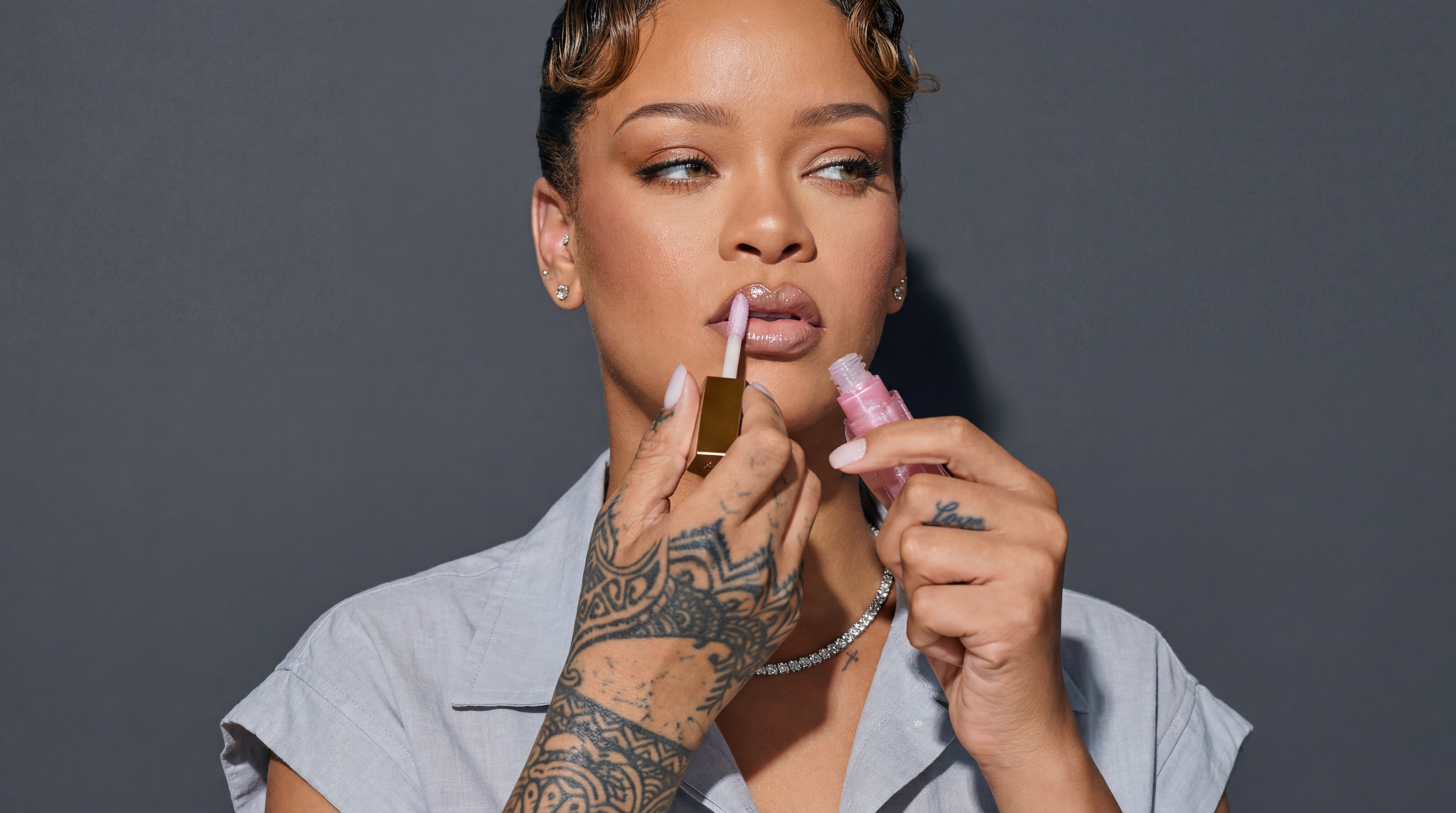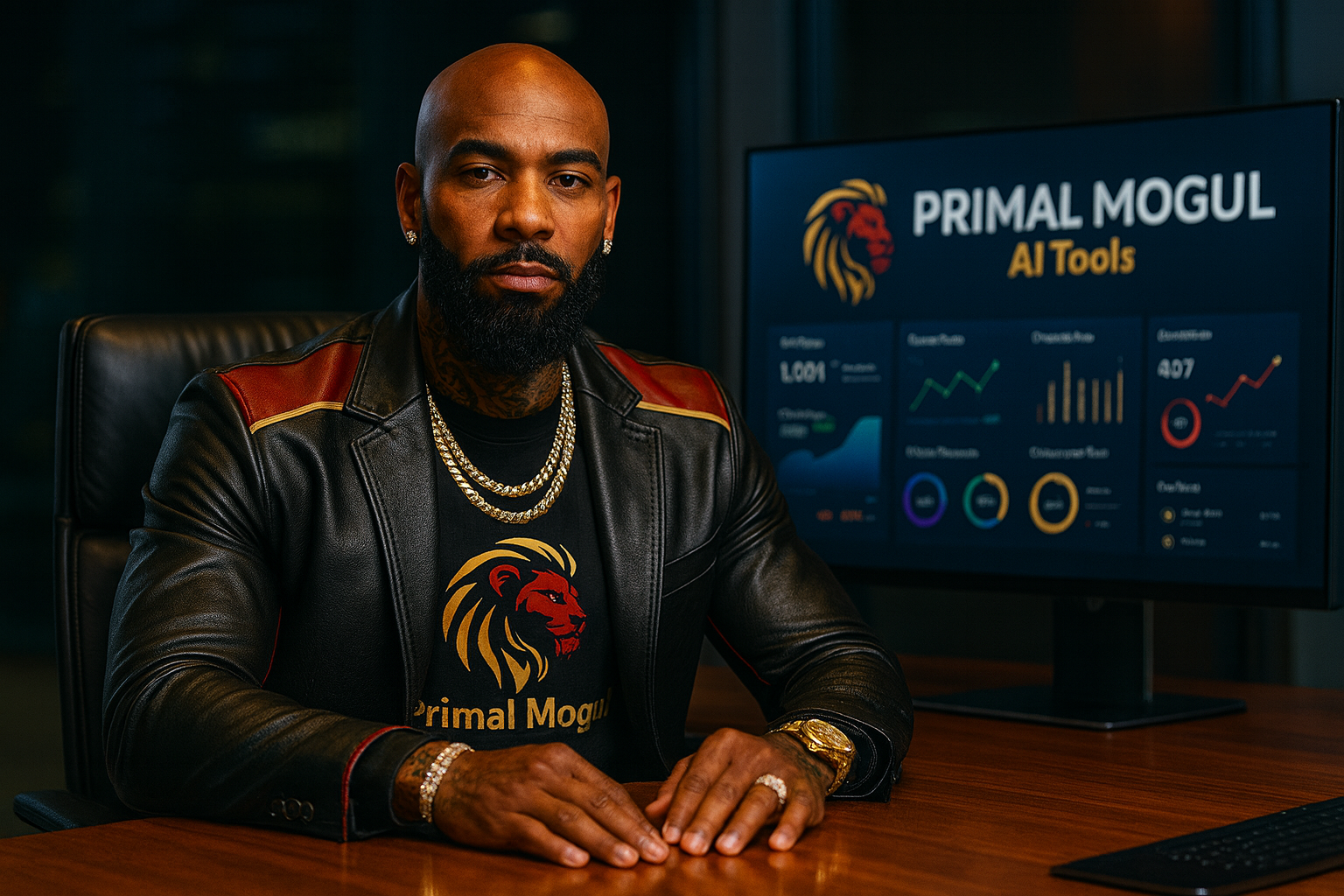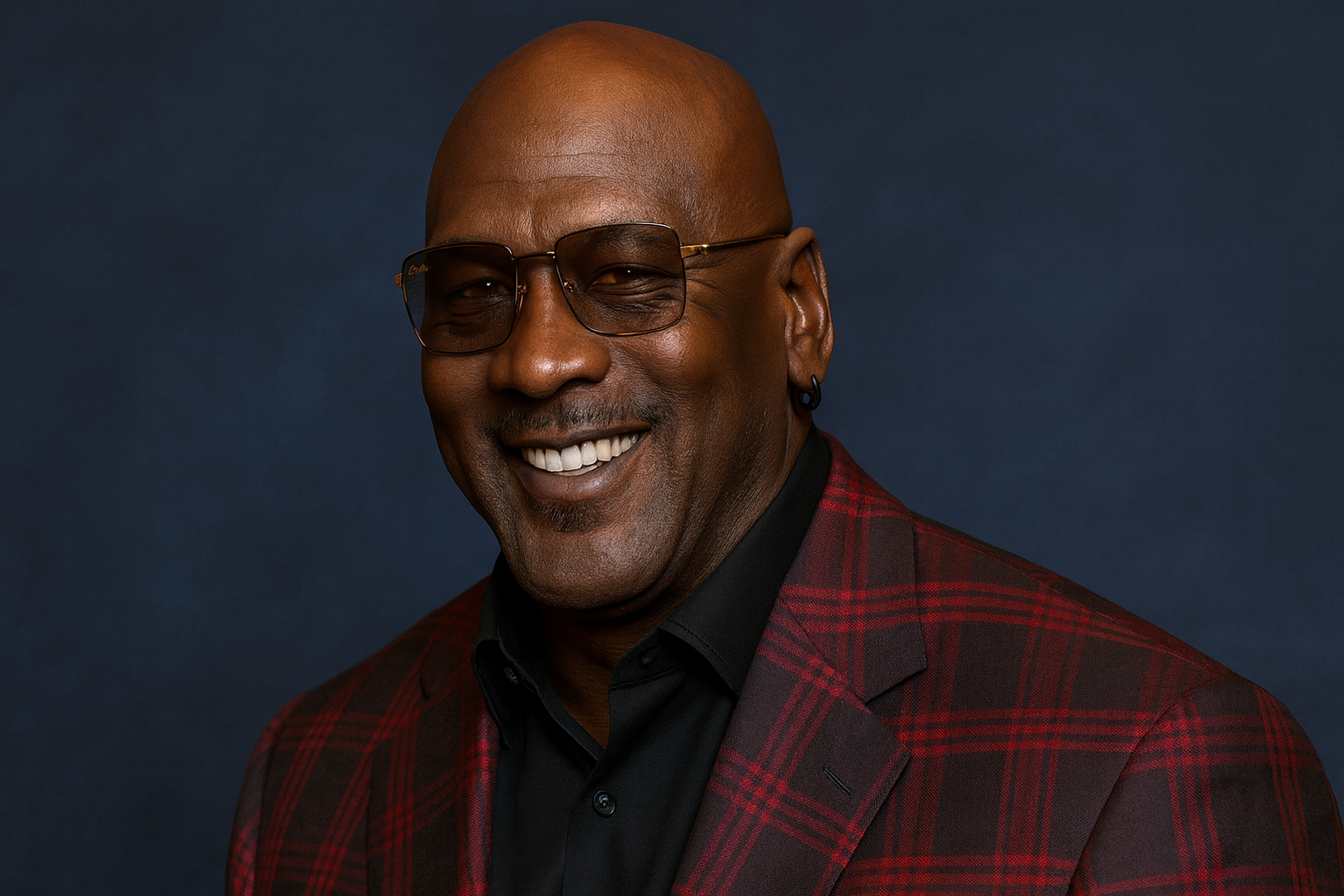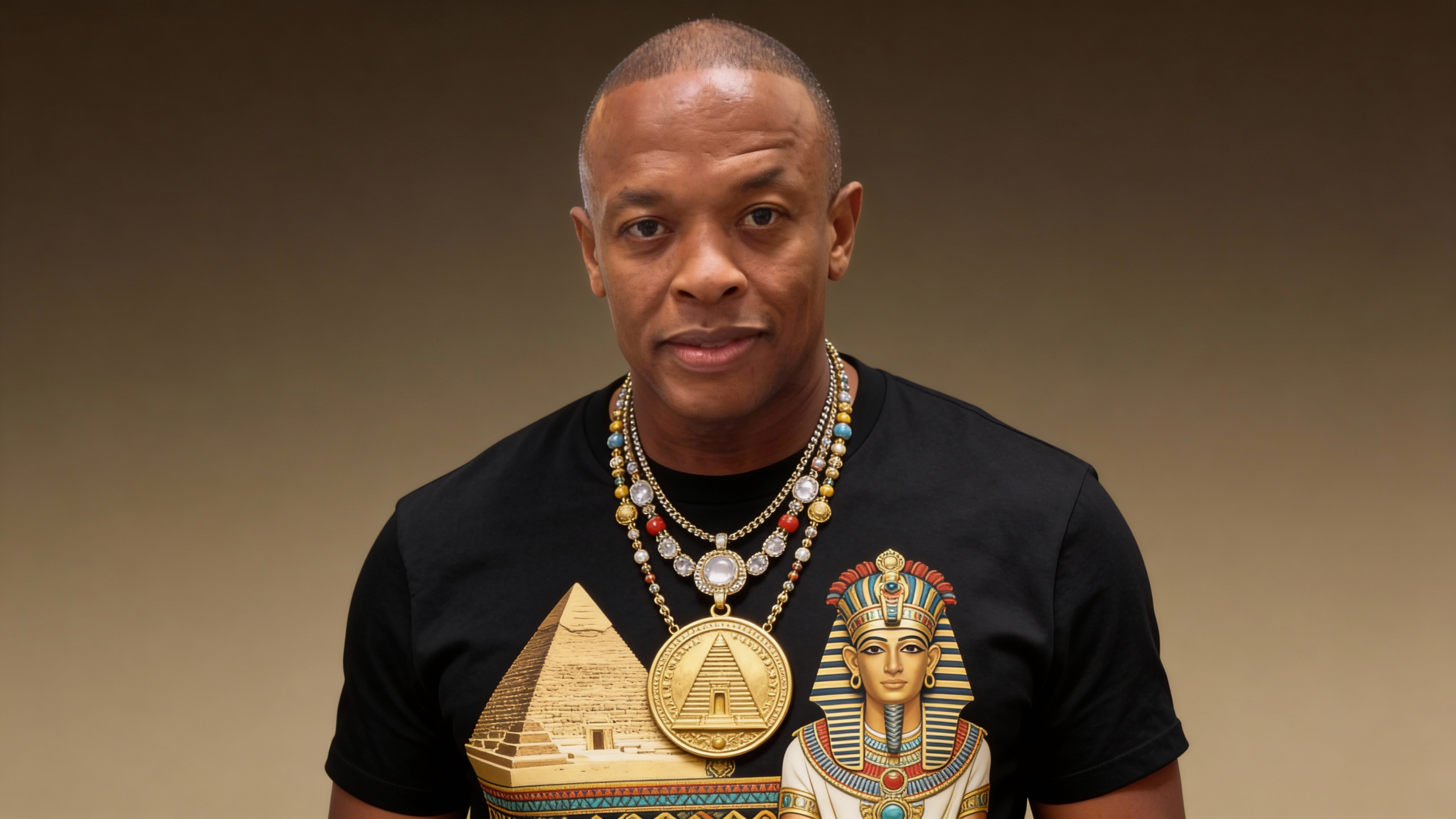
Introduction: The Rap Game Shake-Up
The rap game is thriving with energy and change, but not all of it is for the better. While technology and social media have made it easier than ever for artists to release music and gain fame, the game has become more crowded than ever.
True artistry is being sidelined in favor of viral hits and quick fame. The days of artist development, once crucial for a lasting career, are now almost gone.
It’s time to take a close look at the current state of the rap game, how technology is reshaping the industry, and what steps need to be taken to restore balance and spotlight real talent.
This Power Post breaks down the current state of the rap game, the influence of technology, and how the rap game can evolve to support long-term success and creativity.
Where the Rap Game Stands Today
Too Much Music, Not Enough Substance
The number of new artists in the rap scene has exploded, thanks to platforms like TikTok, YouTube, and SoundCloud.
While this makes music more accessible, it also results in an overcrowded market where true talent struggles to get noticed.
Key Points Expanded:
- Overcrowded Market: With the barrier to entry lower than ever, anyone can upload a track and call themselves an artist. This has flooded the market with music that ranges in quality, making it harder for listeners to sift through and find the gems. The constant influx of new music pushes genuine talent to the side, making it tough for artists with a unique voice to stand out.
- Shallow Songs: Instead of the deep storytelling and thought-provoking lyrics that once defined hip-hop, many songs now prioritize catchy hooks and trending beats. This shift has led to a rise in songs that are more about being shareable than meaningful. The art of crafting songs with layers, messages, and emotional impact is being lost in favor of quick, disposable content.
- Missed Opportunities for Talent: Because the market is so saturated, artists with true potential can get overlooked. The focus on instant hits means that listeners—and even labels—often miss out on the voices that could push the genre forward and bring new perspectives.
The Death of Artist Development
Artist development was once a key part of an artist’s journey. Record Labels invested time and money to help artists grow, teaching them the skills they needed to be well-rounded musicians and performers.
Now, that investment has almost vanished, replaced by a system that values immediate results over long-term growth.
Key Points Expanded:
- The Absence of A&R: Artist & Repertoire (A&R) was the backbone of artist development, providing training on everything from songwriting to public image. Today, labels are less likely to scout for raw talent and develop it from the ground up. Instead, they look for artists who already have a social media following or a viral hit. This approach saves them time and money but leaves artists without the guidance they need to build a sustainable career.
- Stuck in One Style: Without mentorship, many artists end up repeating the same sound and style because it’s what got them noticed in the first place. This leads to a lack of growth and evolution, which can hurt an artist’s longevity in the game. Without someone pushing them to explore new themes or experiment with their sound, artists risk becoming one-dimensional.
- Missing Professional Skills: Beyond music, artist development programs used to teach essential skills like stage presence, media training, and how to engage with fans. Without these lessons, many new artists struggle to connect during live shows and interviews, weakening their overall brand.
Tech: A Blessing and a Curse
Technology has made creating and sharing music easier, but it has also brought new challenges.
The democratization of music means that anyone with a laptop can produce a track, but it also means that the market is flooded with content that often prioritizes speed over quality.
Key Points Expanded:
- Direct Uploads: Platforms like SoundCloud and YouTube have allowed artists to bypass traditional gatekeepers and share music directly with the public. While this has opened up opportunities for many, it also means that the market is filled with songs that haven’t gone through any sort of quality control.
- The Push for Viral Content: Social media platforms reward music that can be shared easily and quickly, which often means songs are made to go viral instead of being made to last. The algorithms on platforms like TikTok push certain sounds and trends. Leading to a cycle where artists create what they think will trend rather than focusing on their unique voice.
- Fast Burnouts: Music created for quick fame often lacks the depth needed to remain relevant. Artists who chase viral fame may find themselves having to constantly release new content just to stay in the spotlight. This cycle can lead to creative burnout and shorter careers, as artists struggle to keep up with the constant demand for new music.
The Push and Pull of Going Independent
Being an independent artist comes with its perks, like full creative control and a bigger share of the profits.
However, it also means taking on a lot more responsibility in the rap game. Without a label’s support, artists have to manage all aspects of their careers on their own.
Key Points Expanded:
- Wearing Many Hats: Independent artists have to juggle multiple roles—artist, manager, marketer, and sometimes even producer. This can be empowering, but it’s also exhausting. The time spent on these tasks can take away from the time and energy that could be used to create music.
- Lack of Business Insight: Without experienced guidance, many independent artists struggle to make strategic business decisions. From choosing the right distribution platform to handling contracts, there’s a steep learning curve, and mistakes can be costly.
- Balancing Quality and Quantity: While independence allows artists to maintain control over their sound and brand, it also means they don’t have the resources a label might provide for production and marketing. This can lead to projects that don’t reach their full potential, both in terms of sound quality and audience reach.

The Internet’s Impact on Music
Streaming Platforms: Easy but Tough
Streaming services like Spotify, Apple Music, and YouTube have changed the way we consume music. They’ve made it easier for artists to reach fans all over the world, but they’ve also introduced new challenges.
Key Points Expanded:
- Algorithm Pressure: The algorithms that power streaming platforms favor artists who release music frequently. This has shifted the focus from quality to quantity, with artists feeling pressured to keep releasing new tracks just to stay relevant. This approach might keep the streams coming, but it often means that songs are rushed and lack depth.
- Low Earnings Per Stream: The payout for streams is low—usually a fraction of a penny per play. This means that even if an artist racks up millions of streams, their income from those streams might still be modest. This financial pressure pushes artists to look for other income sources, like live shows or merchandise, to make a living.
- The End of Album Sales: The rise of streaming has also devalued album sales. When fans can pay a flat monthly fee and access millions of songs, they’re less likely to buy individual albums. This shift has impacted how artists make money, forcing them to adapt their strategies to keep earning.
Social Media’s Double Game
Social media has changed the way artists interact with their fans and market their music. While it can make an artist famous overnight, it also comes with high demands.
Key Points Expanded:
- Short-Term Fame: Platforms like TikTok and Instagram can catapult an artist to fame with a single viral moment. But staying relevant is another story. Viral fame can fade as quickly as it arrives, leaving artists scrambling to create the next big thing.
- Content Over Music: To keep up with social media’s fast pace, artists often spend more time thinking about what will go viral than focusing on making high-quality music. The need for regular posts, stories, and live streams takes time and energy that could be spent on perfecting their craft.
- Constant Interaction: Fans now expect daily updates, which means artists need to be active online all the time. This can be draining, especially when an artist needs time to step back and create. The pressure to always be “on” can lead to burnout, making it hard for artists to stay creative.
YouTube: The Good and The Grind
YouTube is a powerful tool for building a fan base and earning revenue, but it’s not without its challenges.
Artists can reach a global audience and monetize their content, but maintaining that success requires effort and consistency.
Key Points Expanded:
- The DIY Factor: To stand out on YouTube, artists need to learn video production skills or hire professionals. This includes shooting, editing, and optimizing videos for maximum engagement. These tasks can be time-consuming and expensive but are necessary to compete in a crowded field.
- Monetizing Takes Skill: While YouTube does offer a way for artists to earn money, it’s not as simple as just uploading a video. Artists need to understand how to place ads effectively, create engaging content that keeps viewers watching, and build a subscriber base that returns for more.
- Pressure to Deliver Consistently: Artists who want to build or maintain their audience on YouTube need to upload consistently. Whether it’s new music videos, behind-the-scenes content, or updates, the pressure to keep the content rolling can be a drain on creativity.

The Loss of Artist Growth
The Fast Pace Hurts Growth
In today’s fast-paced world, artists feel the pressure to release music quickly and often. While this helps keep their name in the conversation, it often comes at the cost of quality and growth.
Key Points Expanded:
- Rushed Production: The demand for quick releases can lead to rushed songs that might have potential but lack the refinement needed to make them great. Artists are releasing songs that are “good enough” instead of taking the time to create music that’s truly special.
- No Room for Experimentation: The constant need for new content makes it hard for artists to experiment with new sounds or ideas. They stick with what works, which can limit their creativity and growth as musicians. This repetitive cycle not only stunts their personal development but can also make their music sound stale over time.
- Missing Out on Big Moments: Artists who focus on quantity over quality may miss out on creating timeless songs that could define their career. Music that’s rushed to release may get attention for a week but won’t have the staying power that turns a song into a classic.
Decline in Overall Quality
Without strong artist development programs, the overall quality of music and performances has suffered. Artists are jumping into the spotlight without the training that would help them make the most of it.
Key Points Expanded:
- Raw Talent Stays Raw: Many artists have the potential to be great, but without proper guidance, their raw talent never evolves. The result is music that might show promise but falls short of being remarkable.
- Weak Live Shows: Performing live is an art in itself. Without development programs that teach stage presence and audience engagement, many new artists fall flat during performances. This weakens their connection with fans and can hurt their reputation as live performers.
- The Temptation of Shortcuts: With all the new tech tools available, it’s easier than ever to make music quickly. But easy isn’t always better. Artists who rely on shortcuts might put out songs that sound polished but lack the depth that comes from true musicianship.
AI and Quick Production Tools: A Double-Edged Sword
AI and production software have made it possible for more people to create music, but they also come with a downside.
While these tools can make music production more accessible, they can also encourage artists to skip learning the fundamentals of music.
Key Points Expanded:
- No Need for Basics: Tools that make music production easy can skip over important learning steps, like understanding how to compose or produce. This can lead to music that sounds technically fine but lacks real creativity or innovation.
- Losing Your Voice: When artists rely too much on templates and AI, their music can start to sound generic. These tools can make it easier to produce songs, but they also run the risk of erasing what makes an artist unique.
- Balance is Key: The best use of technology is to enhance what an artist is already good at, not replace the need for skill and practice. Artists should use these tools to help them express their creativity, not as a crutch.
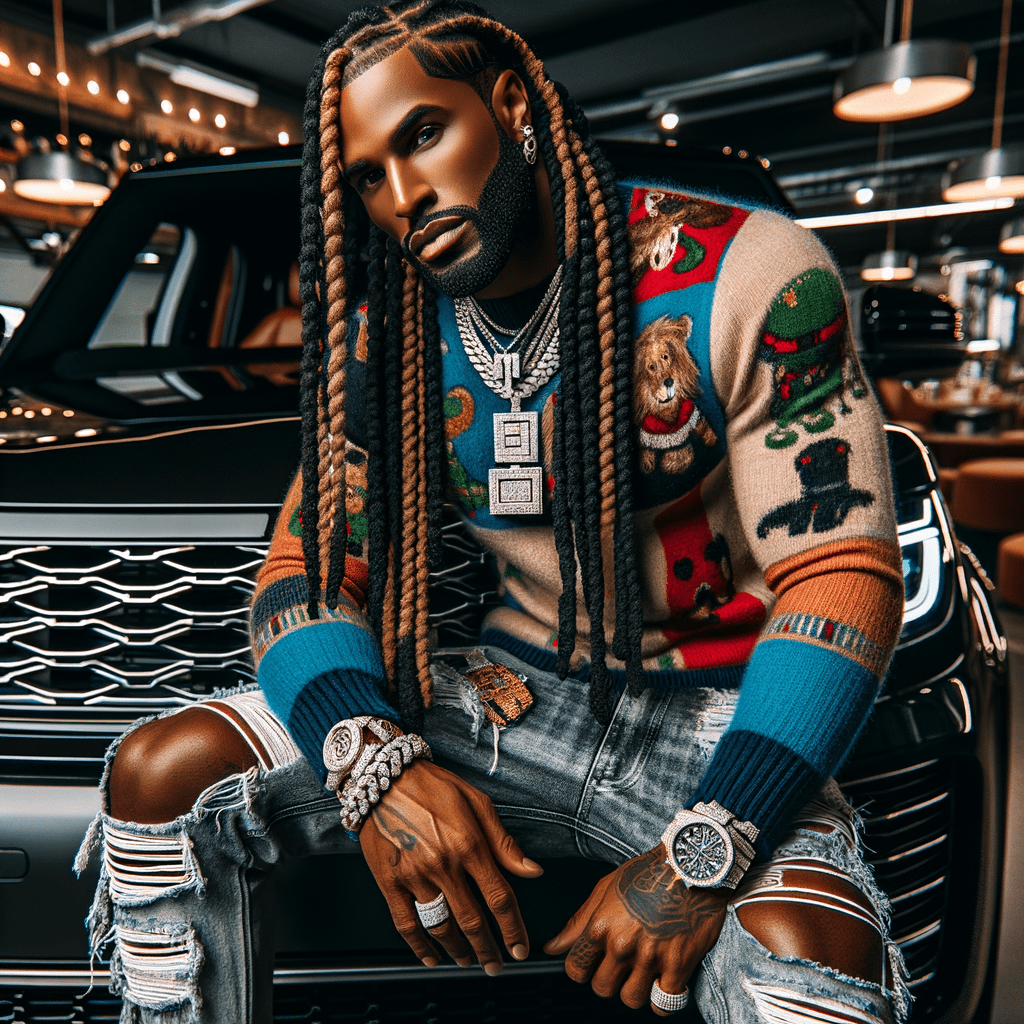
Opportunities to Grow the Game
Reviving Artist Development
The industry needs to rethink artist development and adapt it for today’s music landscape. Combining traditional mentorship with modern tools could be the way forward.
Key Ideas Expanded:
- Hybrid Training Programs: Develop programs that mix traditional music training with modern digital lessons. This could include songwriting workshops, stage performance coaching, and media training to prepare artists for the demands of today’s industry.
- Mentor Networks: Create spaces where new artists can connect with industry veterans who can provide advice, feedback, and inspiration. This mentorship can help artists develop their unique sound and learn how to handle the challenges of a music career.
- Workshops and Courses: Host workshops focused on key areas like performance skills, branding, and public relations. These courses can equip artists with the skills they need to stand out in a crowded market and build a lasting career.
Supporting Independent Artists
For independent artists to thrive, they need tools and training that help them balance creativity with the business side of music.
Key Ideas Expanded:
- Business Skills Workshops: Offer training on branding, marketing, and financial management. Independent artists often lack the business know-how needed to make smart career moves, and these workshops can help fill that gap.
- Collaboration Platforms: Create spaces where independent artists can connect to share tips, resources, and strategies. These platforms could foster a sense of community and provide much-needed support.
- Expert Access Programs: Set up partnerships with industry professionals who can provide services like video production, sound engineering, and promotional planning. This can give independent artists access to a higher level of quality in their work without the need for a label.
Smarter Tech Use for Better Music
Artists need to learn how to use technology in a way that supports their music, not limits it. This means finding the right balance between traditional skills and modern tools.
Key Ideas Expanded:
- Balanced Training Programs: Teach artists to blend traditional music skills, like playing an instrument or writing lyrics, with modern production tools. This combination can help them stand out while still being efficient.
- Educational Resources: Provide guides and tutorials that show artists how to use AI and production software as tools for creativity. These resources should encourage artists to use technology to enhance their unique style, not copy what’s trending.
- Keep It Authentic: Even with all the tech in the world, nothing beats an artist’s personal touch. Artists should be reminded that technology should amplify their voice, not replace it.
Standing Out in a Packed Scene
With so much music out there, artists need to focus on what makes them different. Authenticity and quality are key to breaking through the noise.
Key Ideas Expanded:
- Focus on Storytelling: Encourage artists to share real stories from their life, experiences, or culture. This can create a deeper connection with fans who appreciate honesty and vulnerability in music.
- Quality Over Quantity: Push for a release strategy that focuses on fewer, better tracks rather than constant releases. This approach can build anticipation and make each release an event.
- Smart Marketing Moves: Help artists build a release plan that creates hype and drives engagement. This could include creative teasers, exclusive content, and strategic partnerships with influencers or brands.

Streaming and the Money Problem
The Struggles of Streaming Payouts
Streaming services have changed the way people listen to music, but they haven’t made it easier for most artists to make money. The current payout model means that only the biggest names are seeing significant income.
Key Points Expanded:
- Tiny Pay Per Stream: Artists earn only a fraction of a penny per stream, which means even millions of plays might not add up to much. This has made it hard for smaller artists to rely solely on streaming for income.
- Who’s Really Winning?: The platforms and major labels get the biggest slice of streaming revenue. Independent artists and small labels often see just a small cut of the earnings, despite doing most of the promotional work themselves.
- Hard to Compete: For independent labels, the low payout from streaming makes it tough to compete with major labels who have the resources to make up the difference through touring, merchandise, and brand deals.
Subscription Models: Not Artist-Friendly
Flat-rate subscription services have made music more affordable for fans but have devalued albums and individual tracks.
Key Points Expanded:
- Devalued Music: When listeners can pay a low monthly fee for unlimited music, they’re less likely to buy individual albums. This shift has taken away a key source of income for artists who used to rely on album sales.
- More Streams, Same Pay: Even if a song blows up and gets millions of streams, the payout doesn’t change much. This means that artists aren’t necessarily making more money, even if their song is everywhere.
- The Album Is Losing Its Power: The idea of the album as a full artistic statement is fading. Fans are more likely to listen to singles or playlisted songs than sit with an album from start to finish, changing how artists approach making music.
Algorithms Shape the Sound
Algorithms on streaming platforms prioritize what they think listeners will like based on past behavior. This has led to a lot of music sounding the same, as artists and labels chase what the algorithm favors.
Key Points Expanded:
- Safe Choices Only: Artists often feel the need to follow what’s popular just to stay on top of playlists. This results in music that plays it safe and doesn’t push creative boundaries.
- Less Room for Risk: Songs that break the mold or try new things are less likely to get promoted by streaming algorithms. This can make it hard for unique voices to get noticed.
- Discovery Is Limited: Fans miss out on hearing new and innovative sounds because the algorithms prioritize music that fits a certain trend. This limits exposure for up-and-coming artists who are trying to bring something new to the table.
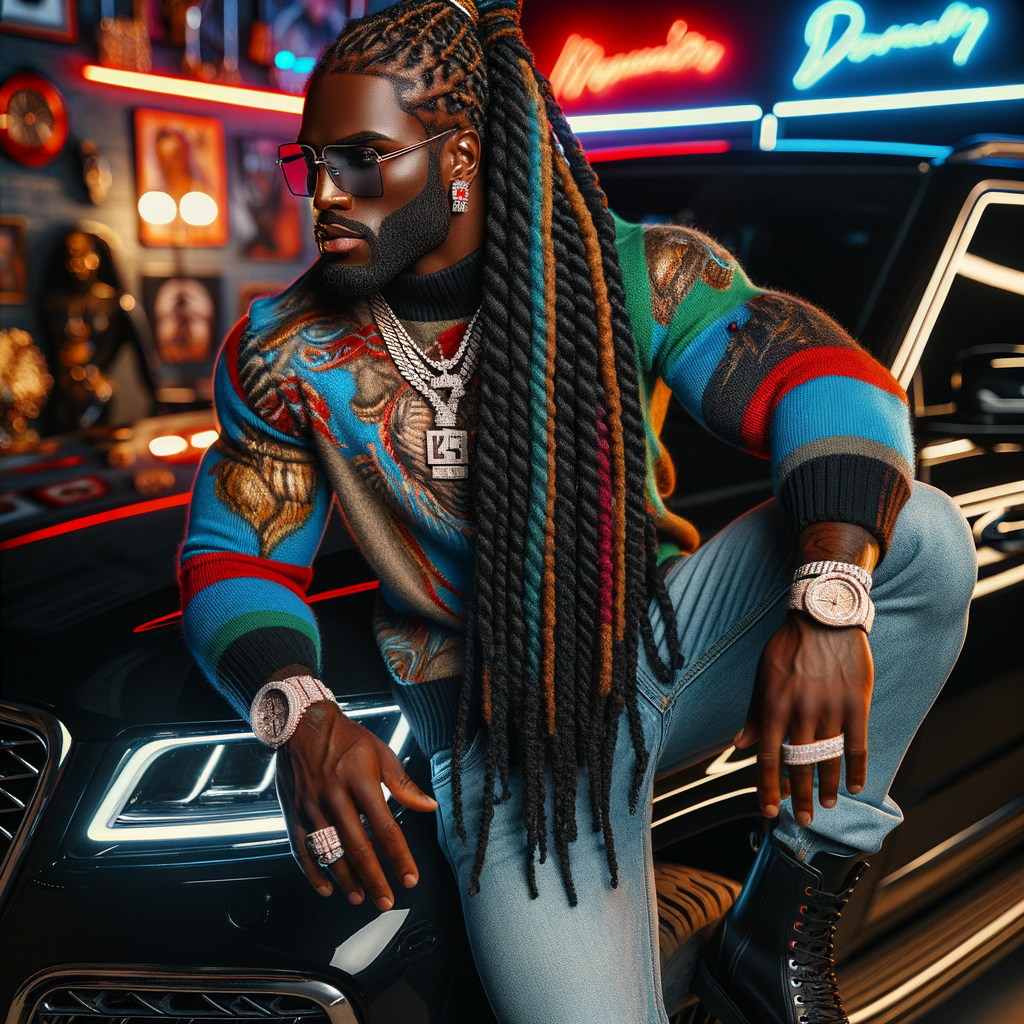
Better Ways to Earn from Music: Solutions
Pushing for Better Streaming Payouts
It’s time for artists to push for streaming models that pay them more fairly. The current system isn’t sustainable for most musicians, and changes need to happen for the industry to thrive.
Key Ideas Expanded:
- Advocating for Fair Pay: Artists need to band together to push for higher per-stream rates. Whether through lobbying streaming platforms or creating alliances, artists need to make their voices heard.
- Tiered Subscription Models: Platforms could offer premium subscriptions that give fans exclusive content for a higher price. This could include bonus tracks, behind-the-scenes videos, or early access to new releases, giving artists an additional way to earn.
- Affiliate and Partnership Deals: Artists can work with high-paying affiliate programs to promote products that align with their brand. This can bring in extra income and strengthen the artist’s connection with their fans.
Bring Back Limited Physical Albums
Physical albums still have a place in the music world, especially for dedicated fans. Limited editions and collectibles can provide artists with a valuable income stream.
Key Ideas Expanded:
- Exclusive Drops: Artists can release special edition CDs or vinyl records with extras like signed covers or bonus content. This not only brings in more money but also helps create a stronger bond with fans who want to own a piece of the music.
- Tangible Connection: Physical media gives fans something they can hold and cherish. This kind of connection can turn casual listeners into loyal supporters.
- Event-Driven Releases: Pair physical album drops with live events or listening parties. These can be in-person or streamed online, making the release feel like an event and boosting sales.
Direct-to-Fan Sales Platforms
Selling directly to fans can give artists more control over their income and help them build stronger relationships with their audience.
Key Ideas Expanded:
- Higher Profits: Platforms like Bandcamp allow artists to keep more of their earnings compared to streaming services. By cutting out the middleman, artists can set their prices and offer fans value-added items like bundled merchandise.
- Building Loyalty: Direct sales mean direct communication with fans. This can help artists understand their audience better and create content that resonates with them.
- Creative Freedom: Without the constraints of a streaming platform’s algorithm, artists can experiment more and release music when and how they want.
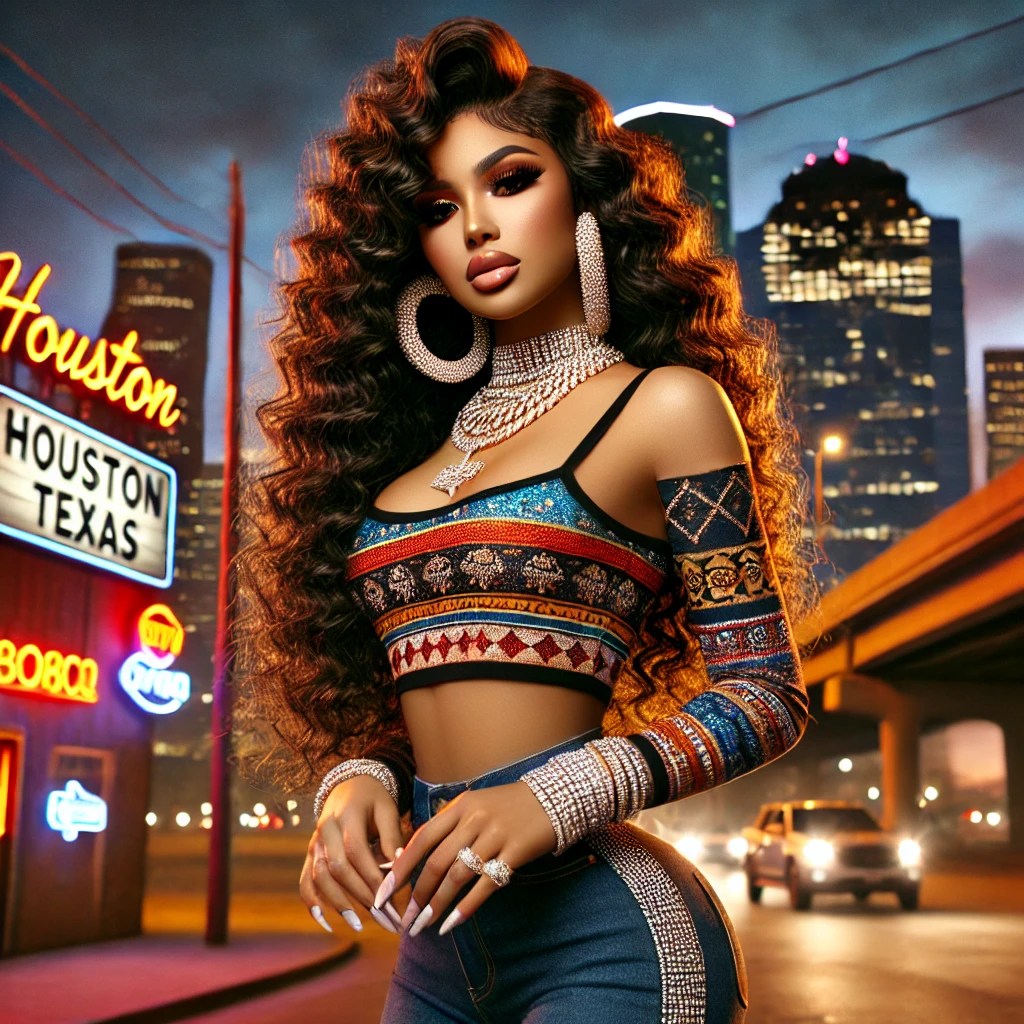
How Labels Are Adapting
The 360 Deal Boom
Labels are leaning more on 360 deals, which let them earn from all parts of an artist’s career, from music sales to endorsements.
What It Means Expanded:
- A Cut of Everything: Labels now take a share of income from concerts, merchandise, and sponsorships, not just album sales. This diversifies their revenue and makes up for losses from streaming.
- Pressure on Artists: 360 deals mean artists need to be more than just musicians—they need to be entertainers, brand ambassadors, and entrepreneurs. This can be stressful and demands more from the artist than ever before.
- Strategic Decisions: While 360 deals can be lucrative for labels, they also require artists who are versatile and can generate income across multiple channels. Labels are now more selective, looking for talent that can perform well in different areas.
Using Data to Guide Decisions
Record Labels have started using data analytics to make more informed choices about which artists to sign and how to market them.
Key Points Expanded:
- Predicting Success: Data helps labels see what’s trending, which artists have the best potential, and which songs are likely to succeed. This information allows labels to make strategic moves that minimize risk.
- Better Marketing: With data, labels can create targeted campaigns that reach the right audience at the right time. This data-driven approach increases the chances of a song or album gaining traction.
- Creative Downsides: The focus on data can discourage labels from taking risks on artists who don’t fit into existing trends. This can make the industry feel repetitive and limit the diversity of sounds and styles being promoted.
Diversifying Artist Rosters
To keep up with changing tastes, labels are adding more variety to their rap artist lineups. This strategy helps them reach wider audiences and adapt to new trends.
Key Points Expanded:
- Genre-Blending: Labels are signing artists who mix different genres to appeal to broader audiences. This strategy taps into fans from multiple music communities and can lead to more crossover hits.
- Global Talent: Signing artists from different countries allows labels to expand their reach and tap into new markets. This not only boosts revenue but also introduces different musical influences into mainstream rap.
- Collaborative Projects: Labels are encouraging artists to collaborate with musicians from other genres. These collaborations can create unique sounds, attract different fan bases, and spark creativity.

Are Rap Shows Still Selling Out?
Mixed Results for Live Shows
Live performances are still one of the best ways for artists to make money, but the success of these shows varies greatly. Established artists can still sell out venues, but newer ones often face challenges.
Key Points Expanded:
- Veterans vs. Newcomers: Artists who have been in the game for a while continue to draw crowds thanks to their established fan base. Newer rap artists, especially those who gained fame quickly through viral moments, often struggle to sell tickets for solo shows. This is because they haven’t built the deep connections that lead fans to buy tickets.
- Surface-Level Fan Engagement: Viral fame might bring millions of streams, but it doesn’t always translate to ticket sales. Artists who don’t spend time building relationships with their fans will find it hard to get people to show up for live events.
- Economic Pressures: With ticket prices on the rise and overall economic challenges, fans are being more selective about where they spend their money. This puts more pressure on artists to offer a compelling reason for fans to choose their show over others.
The Rise of Festivals
Festivals have become a popular way for rap artists to perform, but they come with their own set of pros and cons.
Key Points Expanded:
- Big Crowds, Shared Stages: Festivals bring huge audiences, which can be great exposure for rap artists. However, these shared stages mean that the crowd isn’t there for any one performer. This can make it harder to build a strong, dedicated fanbase from a festival set.
- Brand Building Opportunity: Festivals offer artists a chance to showcase their brand and engage with a large number of potential fans. However, to make the most of these opportunities, artists need to stand out and create a set that’s memorable.
- Beyond the Festival: The key to leveraging festival appearances is to keep fans engaged afterward. Artists who can turn festival exposure into ongoing fan engagement will see more success in selling out their own shows.
Economic Factors and Fan Choices
Economic conditions play a big role in how fans choose which shows to attend. With higher prices and more options, fans are pickier about where they spend their time and money.
Key Points Expanded:
- Selective Spending: Fans are more careful about where they invest their money, opting for shows by artists they feel connected to. This makes it essential for artists to build strong, loyal fanbases.
- Tour Overload: With many artists touring at the same time, the competition for ticket sales is fierce. Newer artists need to find ways to stand out or risk empty seats.
- Building Connections: The artists who manage to sell out shows are those who have put in the time to connect with their audience. Whether through social media, exclusive content, or personalized fan experiences, building a loyal fanbase is key to live show success.

Should We Go Back to One Album and Three Videos a Year?
Quality Over Quantity Wins
In the current fast-paced music industry, many rap artists feel pressured to release music constantly. However, going back to a model that focuses on fewer, higher-quality projects could make a big difference.
Key Points Expanded:
- Time to Perfect: Releasing fewer albums gives artists more time to perfect their work. This leads to better production, deeper lyrics, and songs that resonate more with listeners.
- Building Anticipation: When an artist only releases one album a year, it becomes an event. This strategy creates anticipation and makes fans more likely to listen to the full album when it drops.
- Sustainable Buzz: Fewer releases mean each project gets more attention and promotion. Instead of one track overshadowing the next, artists can maximize the lifespan of each release.
Scarcity Adds Value
When an artist doesn’t flood the market with constant releases, their music becomes more valuable. Scarcity can make an album feel special, and fans are more likely to engage deeply with the content.
Key Points Expanded:
- Event-Level Hype: When an album drop is rare, it builds excitement. Fans look forward to it, media coverage is stronger, and the release becomes a major moment in the industry.
- Longevity: Albums made with more time and thought tend to have a longer shelf life. This means more consistent streaming numbers, longer tours, and sustained fan interest.
- Stronger Brand: Artists who focus on quality over quantity build a reputation for being serious musicians. This can lead to more dedicated fanbases who are willing to support them over the long term.
Time for Artistic Growth
Spacing out releases gives artists more time to grow their skills, experiment with new sounds, and improve their craft. This can lead to more creative and innovative music that stands the test of time.
Key Points Expanded:
- Skill Development: More time between releases allows artists to work on their stage presence, lyrical abilities, and overall sound. This can make their next release even better than the last.
- Avoiding Burnout: A slower release schedule can prevent artists from burning out creatively. When artists have the space to recharge, they come back with fresh ideas and renewed energy.
- Experimentation: Time off from the relentless cycle of releases allows artists to take risks with their music, experiment with different genres, and create something new and exciting.
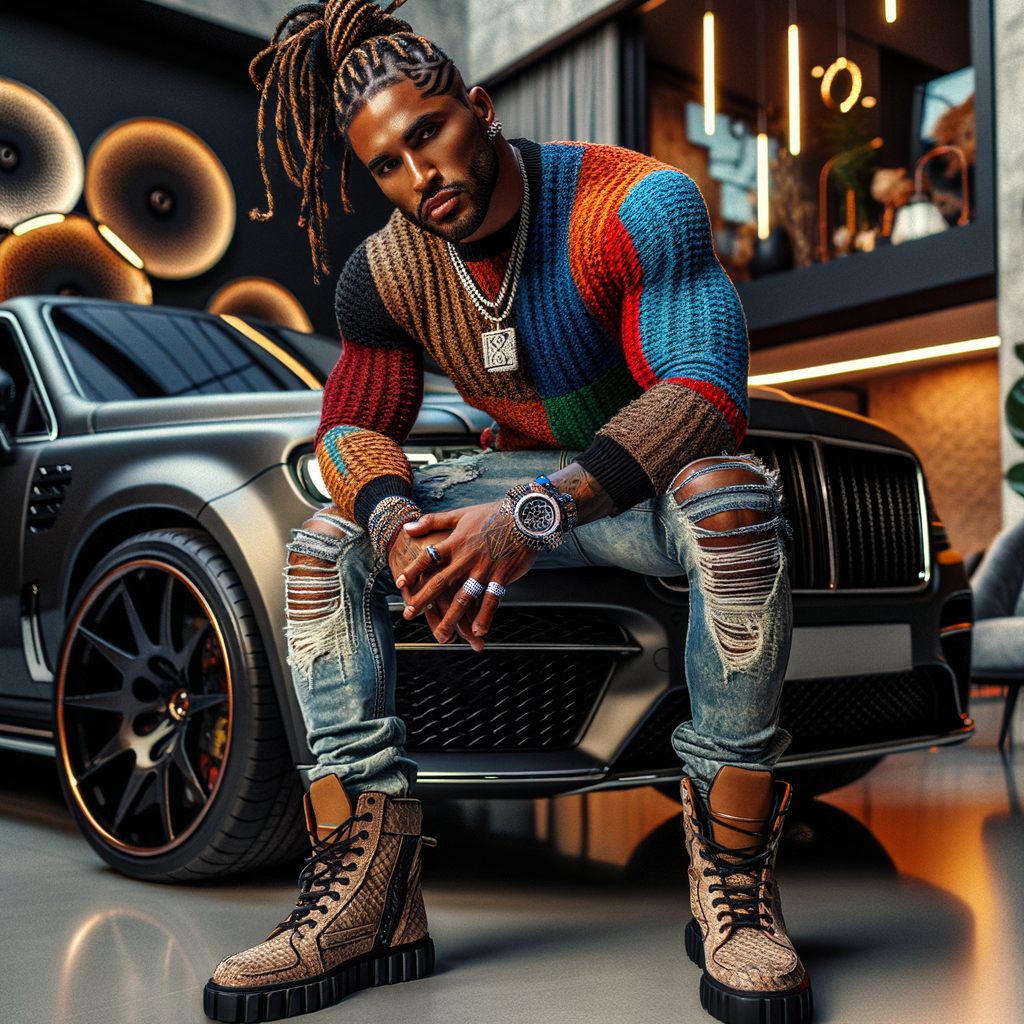
Why Do All Songs Sound the Same?
Blame the Algorithms
Streaming algorithms play a huge role in what gets heard and what doesn’t. The goal of these algorithms is to keep listeners engaged, which means they push songs that fit certain trends.
Key Points Expanded:
- Trends Rule: Artists feel pressured to make music that fits into popular trends to stay relevant. This results in a lot of songs that sound alike because they’re all trying to fit the same mold.
- Risk-Averse Platforms: Streaming services are less likely to promote songs that don’t fit their data models. This means experimental or unique music often gets pushed to the side, limiting exposure for artists who are trying to innovate.
- The Feedback Loop: When a certain type of song becomes popular, more of those songs are made, and the algorithm continues to push them. This creates a cycle where the same type of music dominates playlists and charts.
The Lack of Development Programs
Without strong development programs, artists often stick to what they know works. This can lead to music that feels repetitive and unoriginal.
Key Points Expanded:
- Short-Term Thinking: New artists focus on mimicking current trends because that’s what they think will get them noticed. Without someone to push them creatively, they stay in their comfort zone.
- Stagnant Creativity: Artists who don’t take the time to learn and grow won’t experiment or try new things. This results in music that feels one-dimensional.
- Lost Opportunities for Growth: Development programs used to teach artists how to innovate and take risks. Without these, artists miss out on the chance to develop a unique style that sets them apart.
The Influence of a Few Producers
A handful of producers dominate the rap scene. Which can lead to a lot of music sounding the same.
Key Points Expanded:
- Recycled Beats: Successful producers often stick with what works, which means similar beats and styles are used across different artists. This repetition can make it hard for listeners to tell one song from another.
- Market Saturation: When the same few producers are behind many of the big hits, the music market becomes saturated with a similar sound. This makes it difficult for new styles and voices to break through.
- Limited Opportunities for Fresh Sounds: With a few producers monopolizing the mainstream, there’s less room for innovative, lesser-known producers to introduce new sounds. This limits the overall creativity and diversity in the genre.

Why We Need Balance in The Rap Game
Bringing Back Variety
The Rap Game was built on diversity, with sub-genres that offered unique takes and flavors. Whether it was conscious rap, party anthems, street stories, or love songs. Each style had its place and added to the culture’s richness.
Key Points Expanded:
- Celebrate All Styles: The rap scene needs to make room for everything, from deep, thoughtful tracks to fun, carefree bangers. This balance can keep the genre vibrant and interesting.
- Enrich the Culture: Showcasing different styles can help the genre grow and stay relevant. Fans benefit from more choices, and artists get the chance to explore their creativity.
- Remember the Roots: Highlighting the different styles within rap helps maintain its cultural depth and avoids watering down what made it powerful in the first place.
Supporting New and Different Sounds
Labels, streaming services, and platforms should push to include a wider range of rap styles in their promotions.
Key Points Expanded:
- Curated Playlists: Platforms can make more curated playlists that feature different sub-genres and underrepresented artists. This helps expose listeners to new sounds and builds a more diverse music scene.
- Showcase Events: Live events and digital showcases that highlight various rap styles can bring attention to artists who might not fit mainstream molds but still have something valuable to offer.
- Collaboration Opportunities: Encourage artists to collaborate across styles. These projects can blend fan bases and introduce different sounds, keeping the scene fresh and exciting.
Educating the Fans
Fans play a big role in what becomes popular. If they understand the roots and the range of rap, they’re more likely to support diverse artists.
Key Points Expanded:
- Podcasts and Media: Use podcasts, YouTube videos, and blogs to teach fans about different rap styles, their history, and cultural significance. This can deepen their appreciation for the genre as a whole.
- Interactive Content: Behind-the-scenes videos and interviews that explore how songs are made can draw listeners into the creative process. This not only boosts artist-fan connections but also showcases the effort that goes into different types of rap.
- Highlighting Culture: Make sure to emphasize why variety matters. A rap culture that includes multiple voices and styles is more likely to grow and evolve in meaningful ways.

Conclusion: Bringing Art Back to The Rap Game
The rap game is at a crossroads, caught between the pursuit of instant virality and the roots that once defined its essence: authenticity, storytelling, and innovation.
The industry now faces a critical decision to continue the chase for short-term gains or to make room for the artistry that has always been the soul of hip-hop.
To bring the rap game back to its authentic self, labels and rap artist must champion quality over quantity. It’s time to rekindle the spirit of creativity that inspired the hip hop pioneers. Ensuring that rap evolves while preserving its powerful cultural impact.
Artists must be empowered to focus on their craft without the constant pressure to keep up with trends, allowing them to create music that resonates beyond a momentary hit and forms a lasting legacy.
Labels, streaming platforms, and fans play crucial roles in supporting this shift. Creating a space where innovation, diversity, and genuine talent are valued.
The path forward is clear: Champion unique voices, revive the depth and integrity of the rap genre, and make room for a more balanced rap game.
Take Control of Your Art and Brand with Shopify
Don’t let the ever-changing music industry hold you back from your true potential. With Shopify, you can reclaim your independence and take charge of your music, merch, and exclusive content sales.
Start with Shopify today and empower your journey to make waves, build a lasting legacy, and turn your passion into sustained success.
Affiliate Marketing Disclosure:
This article contains affiliate links. If you click through and make a purchase, Primal Mogul may earn a commission at no additional cost to you. We only recommend products and services we believe in, and these commissions help support the ongoing growth of our platform, allowing us to bring you high-quality content and resources for your entrepreneurial journey.
Primal Mogul Elite

